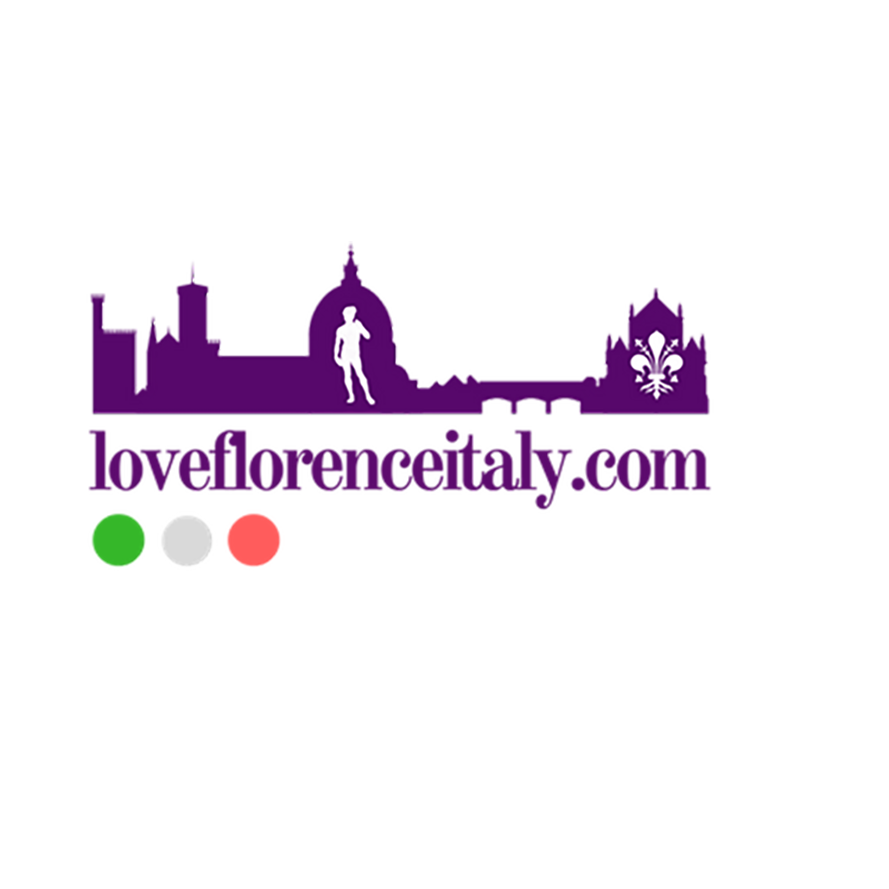This neighborhood begins at the Santa Maria Novella train station. From the station you can arrive at Piazza (square) of Santa Maria Novella taking Via degli Avelli.
Santa Maria Novella is a large church at the end of the homonymous piazza. Across the street from the train station, the area around Piazza Santa Maria Novella is perhaps the most varied neighborhood in the city. The dingier, urban streets leading to the station get a lot of traffic (both automobile and human) while the other side of the grassy Piazza is formed by narrow, serpentine little streets, interesting buildings, and top-notch shopping. The piazza is usually crowded with tourists and the pickpockets preying on them. The train station, the Arno River, and the shopping street, Via Tornabuoni, provide the borders of this neighborhood.
Basilica of Santa Maria Novella
To visit the church you must buy a ticket. The church is very important in the history of Florence. It is full of art masterpieces including Masaccio’s Trinity.
Santa Maria Novella was the first great basilica in Florence, and it is the city’s principal Dominican church.
The church, the adjoining cloister, and the chapterhouse contain a store of art treasures and funerary monuments. The most important Florentine families financed the project ensuring themselves of funerary chapels on consecrated ground.
This church is called Novella (New) because it was built on the site of the ninth century church of Santa Maria delle Vigne. When the site was assigned to the Dominican Order in 1221, they decided to build a new church and an adjoining cloister. Fra Sisto Fiorentino and Fra Ristoro da Campi, Dominican friars, designed the church. Building began in the mid-thirteenth century (about 1246). It was not finished until 1360. On a commission from Giovanni di Paolo Rucellai, a local textile merchant, Leone Battisti Alberti designed the upper part of the inlaid black and white marble facade of the church (1456–1470). The facade of Santa Maria Novella was completed by Leon Battista Alberti in 1470, and it’s for sure one of the most beautiful in all Italy.
Piazza Santa Maria Novella
Here we are again, outside in the square (piazza). The square in front the church was used by Cosimo I for the yearly chariot race (Palio dei Cocchi). This custom existed in 1563 until late in the nineteenth century. The two obelisks marked the start and the finish of the race. They were set up to imitate an antique Roman circus. The obelisks rest on bronze tortoises, made in 1608 by the sculptor Giambologna. Recently, they have renovated the piazza with new stone paving and comfortable benches where you can just sit and enjoy the ambience of people coming and going.
In front of the facade, you can see an arcade on the right where right onto Via della Scala. On the right, you can enter into one of the most ancient European pharmacies, Santa Maria Novella Pharmacy. This is where the friars prepared and sold medicines. It is a good place to buy any kind of medication, perfumes, herbs, and lotions. They are famous for their potpourri and face creams. You can read more about this pharmacy in one of our previous articles.
The streets in this area are narrow and can be confusing. Via della Scala will turn into Via del Sole. Go about two blocks beyond the piazza to Via del Moro, turn left on Via del Moro and then go right onto Via del Trebbio. This will end at Via Tornabuoni. It is Florence’s finest shopping street. During your walk from here to the river, you can admire Palazzo Strozzi, Palazzo Rucellai, and the church of Santa Trinita.


